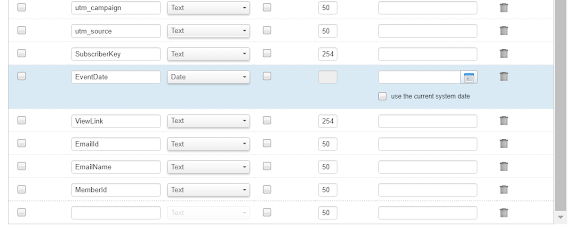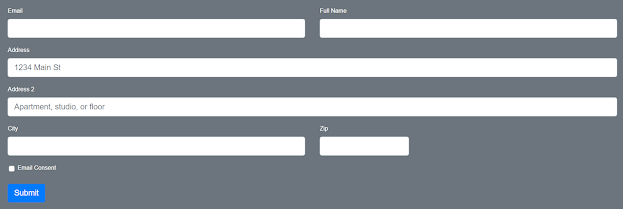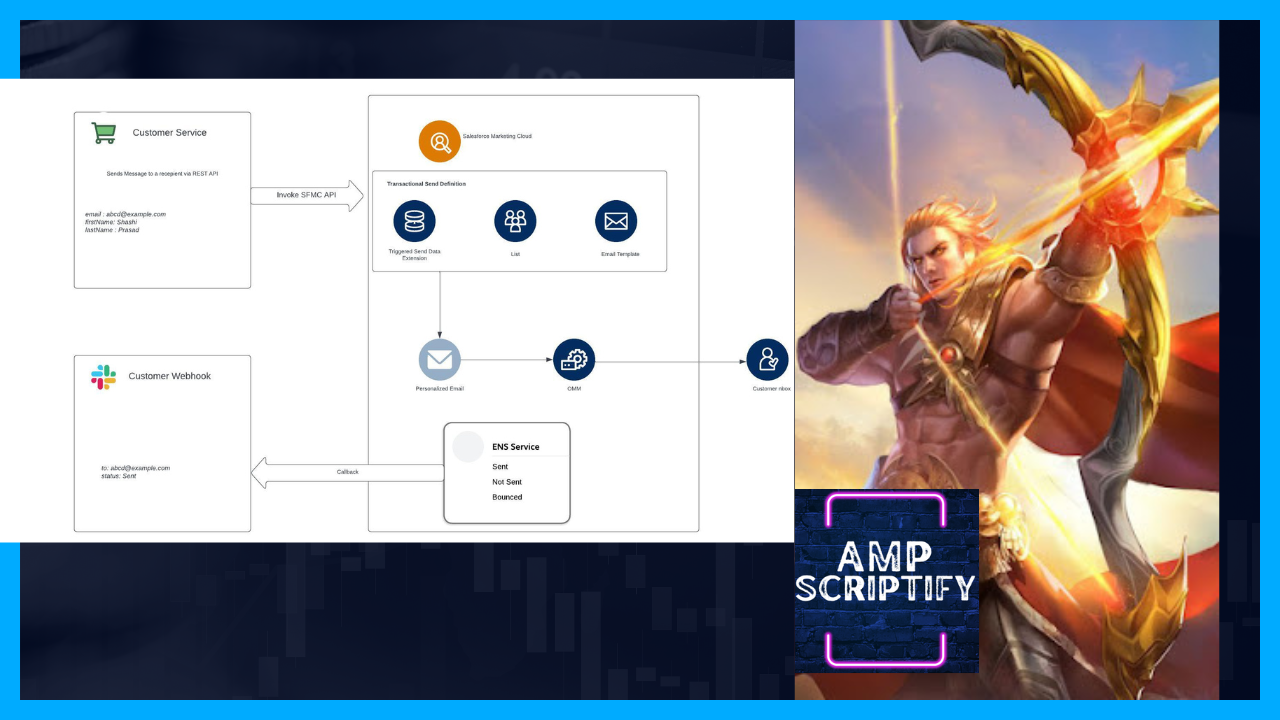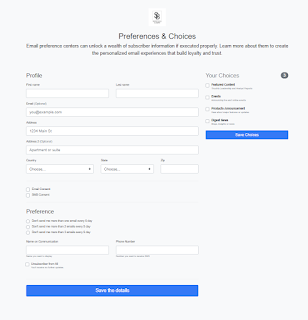Disclaimer:
The information provided on this technical blog is for general informational purposes only. As a SFMC (Salesforce Marketing Cloud) Technical Architect, I strive to offer accurate and up-to-date content related to SFMC and its associated technologies. However, please note that technology is constantly evolving, and the information provided may become outdated or inaccurate over time.
The content published on this blog represents my personal views and experiences as a SFMC Technical Architect and does not necessarily reflect the official views or opinions of any organization or employer I may be affiliated with.
While I make every effort to ensure the accuracy and reliability of the information presented, I cannot guarantee its completeness, suitability, or applicability to your specific circumstances. Therefore, it is essential to verify any information provided and make your own independent assessments or seek professional advice if needed.
Furthermore, any actions taken based on the information provided on this blog are at your own risk. I shall not be held liable for any damages, losses, or inconveniences arising from the use of the information presented here.
Please keep in mind that SFMC and its associated technologies are complex and require technical expertise for proper implementation and management. It is recommended to consult with qualified professionals or official SFMC documentation for comprehensive guidance.
Finally, please note that any product or company names mentioned on this blog are trademarks or registered trademarks of their respective owners. The mention of these trademarks or registered trademarks does not imply any endorsement or affiliation with the blog.
By accessing and using this blog, you agree to the terms of this disclaimer. If you do not agree with any part of this disclaimer, please refrain from using this blog.













Thank you so much @Shashi. It's very helpful and information blog. Kindly share more blogs on SFMC based on real time scenario.
ReplyDeleteThanks for the feedback. Will definitely add more blogs :)
DeleteThis info is very helpful.. Thankyou @shashi
ReplyDeleteyou are welcomed! Keep providing feedbacks
DeleteThank you Shashi for the great info. can you please write a blog on couponcodes allocation and redemption process using a cloud page in the journey builder. thank you.
ReplyDeleteI think , I have blog about coupon code https://b2shashi.blogspot.com/2022/11/ampscript-claimrow-function.html
DeleteHi Shashi how to add custom attributes Campaign ID and Business Unit to the send log data extension
ReplyDelete%%[
Deleteset @MID= memberid
set @CampaignID= AttributeValue("CampaignID")
]%%
Make sure your AMPScript variable and Send Log Attribute matches, member id personalization string logs Business Unit , AttributeValue fetches data from Sendable DE or Profile Attribute
Thanks for the great info. The view_email_url link is breaking if we clear the de used in the send, do you have any solution for this?
ReplyDelete